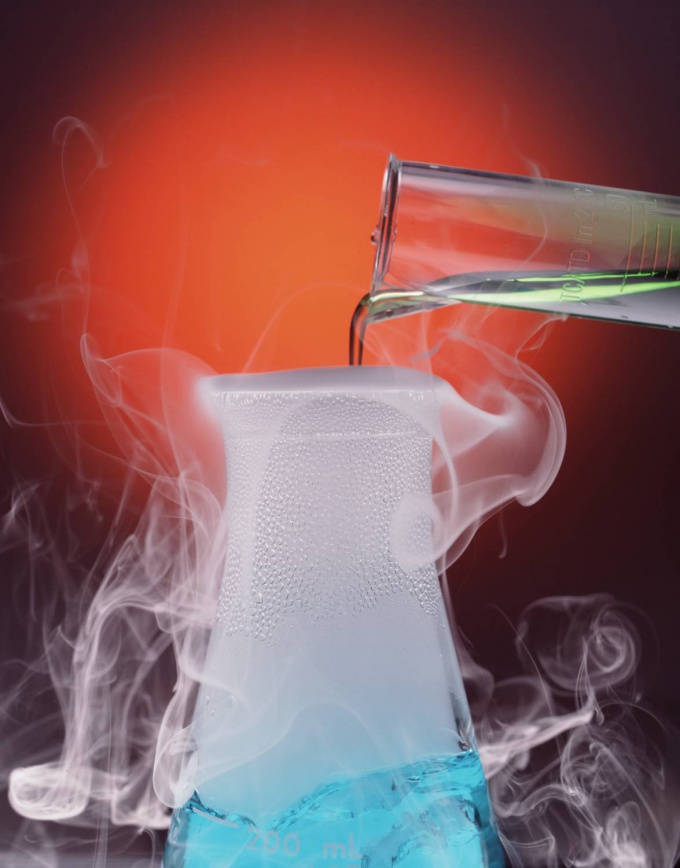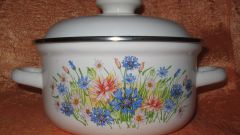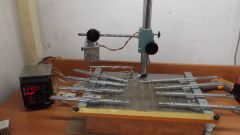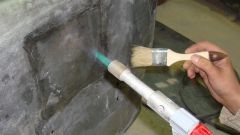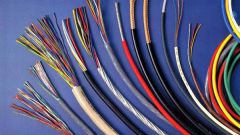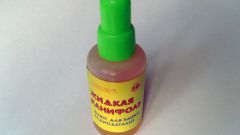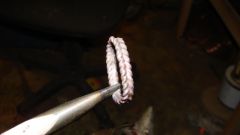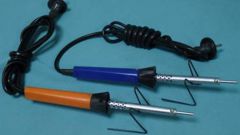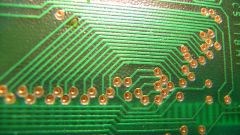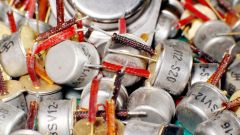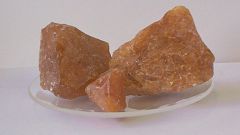Instruction
1
The choice of acid depends on the type of metal or alloy. For soldering iron, including galvanized, apply the so-called soldering acid solution of chlorate of zinc. For solder stainless steel using phosphoric acid and a special multi-component fluxes. Aluminium is generally not soldered, as there is no available fluxes to dissolve the oxide film of aluminum. Acid is not suitable for soldering printed circuit boards, as may the occurrence of corrosion and short circuits between conductors.
2
If you decide to use soldering acid, then it is possible to buy ready-made (it is sold in paste form, and can be done independently). Take about 100 ml of hydrochloric acid, put the pieces of zinc are taken, for example, batteries. There will be a chemical reaction in which hydrogen, so this work should be carried out in a ventilated area away from fire. When the bubbles of hydrogen will cease to rise and the solution should be allowed to stand until transparent, and then carefully pour in the vial. Soldering acid is ready.
3
Before soldering clean the surface with a file or sandpaper to rid them of dirt.
4
Apply to the place of soldering acid, it can be done with a brush, then using a heated soldering iron cover solder surface solder – tin or its alloy. If the solder does not want exactly lie on the desired place, you need to re-treat the area with acid.
5
Carefully solder the surface. When working with hot soldering iron remember the rules of fire safety equipment and do not clutter up the working place combustible objects.
6
After work, neutralize the acid with alkali, e.g. soda solution, and then wash the place of soldering to remove residual acid. As a flux in rare cases also used acetylsalicylic acid.
